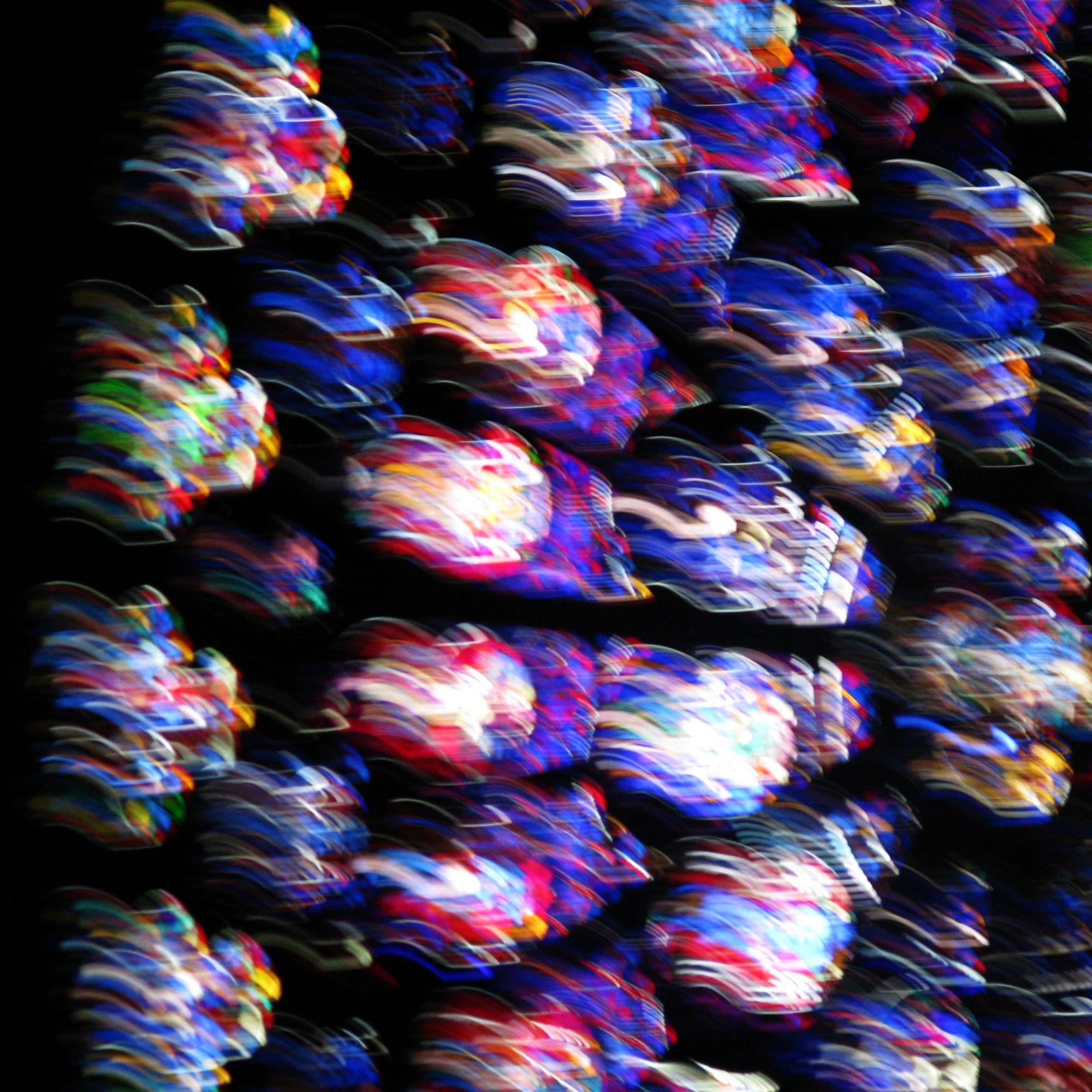Have you ever held your breath, eyes squinting, fascinated by the microcosm revealed through a macro lens? I remember the first time I dived into the enchanting mini universe of macro photography. I was attempting to capture the finer nuances of a dew-laden leaf in my backyard when a tiny insect wandered into the frame. And just like that, offering an intense feel of drama, fantasy and poetry, that tiny wanderer brought life to my click in a way I had never ever imagined would be possible. It felt like I had discovered a whole new unseen world out there.
Macro photography, friends, can surprise you! Did you know that this genre of photography, often loved for its ability to bring out the hidden beauty of the mundane, actually emerged as a scientific tool for documenting the weeny creatures and components of nature not visible to the naked eye? Amazing, isn’t it?
The Marvels of Macro
Be it the textured surface of an autumn leaf, the detailed vein pattern of a butterfly’s wing, or the almost alien landscape of an eye’s iris, macro photography allows us to witness the extraordinary in the ordinary. And there’s more to it than just point-and-shoot. This is where advanced retouching techniques meet the science of optics to create photos that are more than just a thousand words.
Diving into the Basics of Macro Photography
Before we go any further, it’s essential to know what macro photography actually is. In the simplest terms, it’s a type of close-up photography that captures small subjects in extreme, life-like detail. But there’s a nuance: genuinely pronounced macro photos boast a reproduction ratio of 1:1, meaning the size of the subject on the camera’s sensor is identical to its size in real life.
“Beauty lies in the details, and macro photography is the conduit.”
Now, you might wonder how to achieve this feat. Well, the sheer versatility of macro photography equipment, from dedicated macro lenses to extension tubes and even reverse lens mounts, means that there’s no one-size-fits-all approach. And beyond just the gear, it’s also about understanding light, composition, and of course, the subject itself. Imagine chasing a hyperactive butterfly in a field, aiming to capture the vibrant palette of its wings? Quite a field day, eh?
Mastering the Craft with Post-Processing
Even with the perfect click, your macro journey isn’t finished. This is where Adobe Lightroom and Photoshop make their grand entrance. Even a minor tweak could highlight details that might have been ignored earlier, add depth, or even create a completely transformative mood. So let’s dive into how you can elevate your macro photography using post-processing tools.
Unraveling the Magic of Adobe Lightroom
Adobe Lightroom is a firm favorite amongst photographers, and for good reason. With its intuitive interface and powerful editing tools, it can transform a good photo into a stunning one. Whether you’re enhancing the vibrancy of colors, adjusting the exposure, tweaking the highlights and shadows, or adding clarity to bring out those intricate details, Lightroom provides a wide array of sliders to accomplish it all.
The Power of Photoshop
Moving on to our other editing marvel – Adobe Photoshop. This robust platform allows you to dive deeper into your artwork. Be it editing out unwanted aspects of your image, adding textures, or even carrying out comprehensive retouches, Photoshop opens limitless doors to creativity. One particular feature that can significantly elevate your macro pictures is Focus Stacking. This technique allows you to combine various images with different focus distances, ensuring that your final image is sharp from the foreground to the background. Simply magical, isn’t it?
So, the next time you’re venturing into the world of the tiny or just looking at the familiar with a magnified perspective, don’t forget these tips. Go ahead, grab your gear and unveil the beauty that lies in the ‘macro’monious detail.


0 Comment